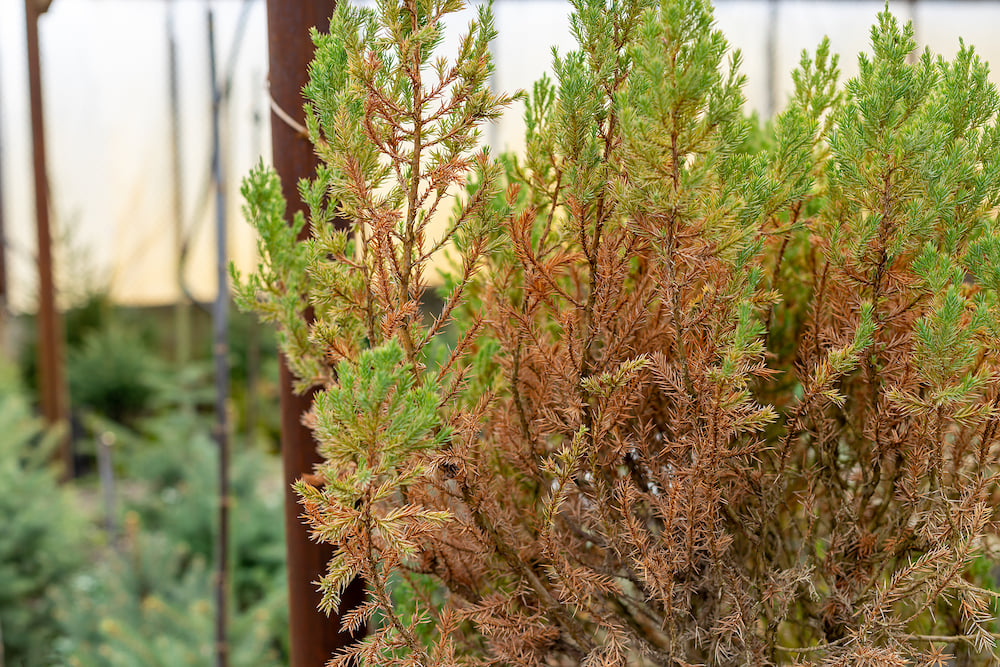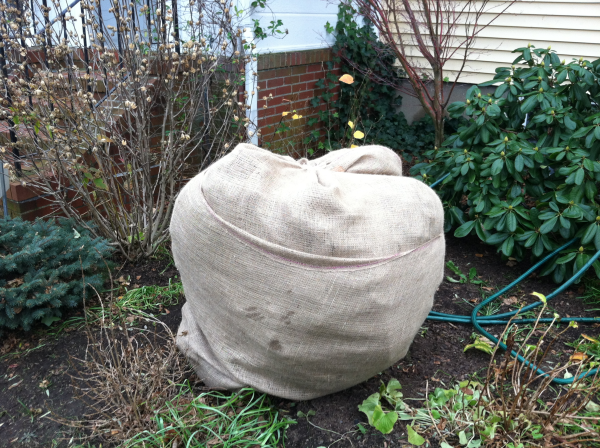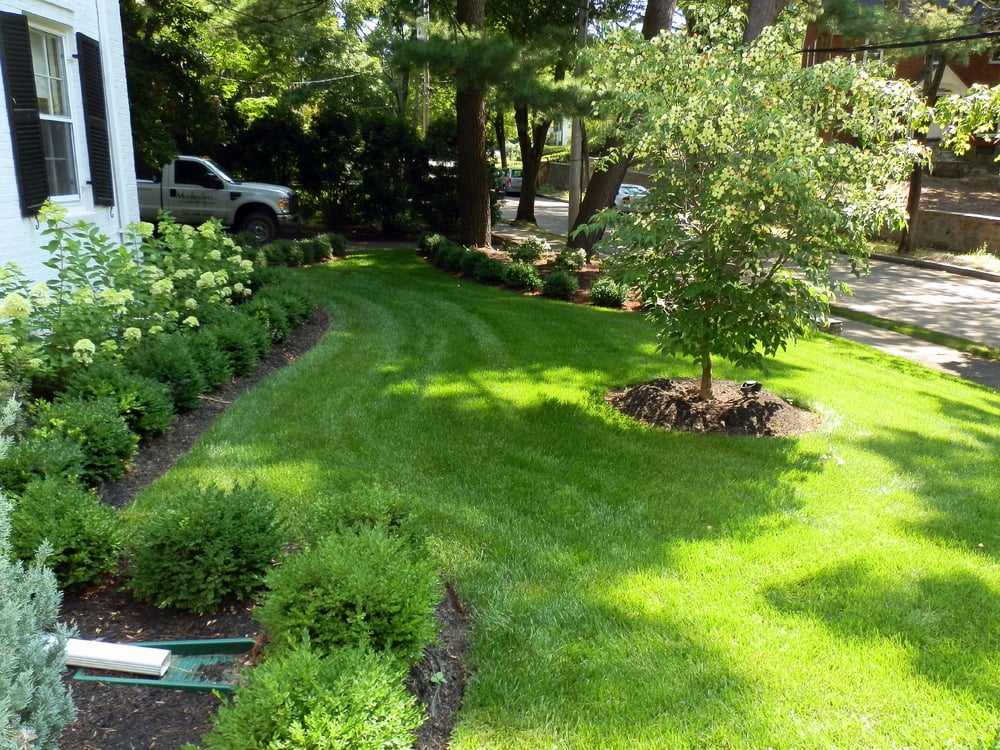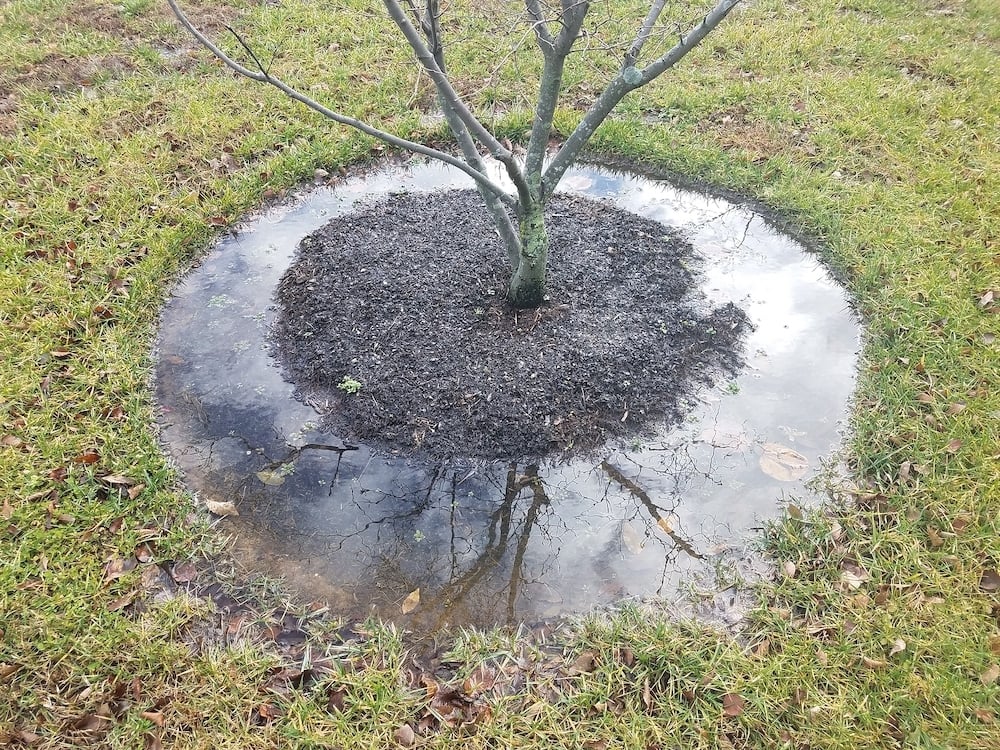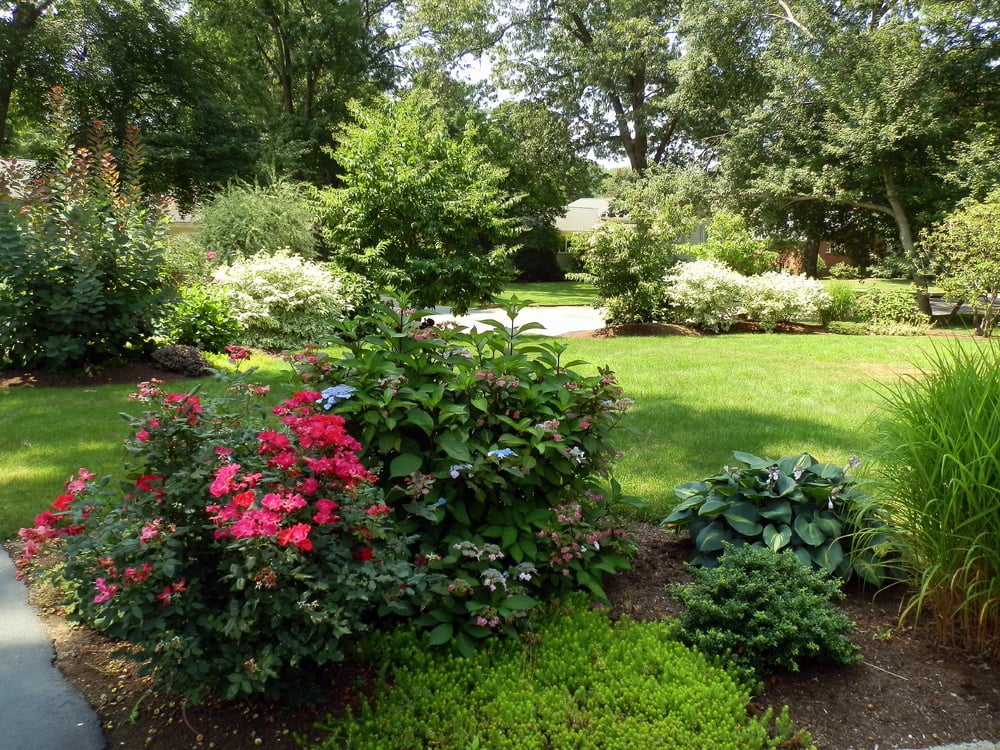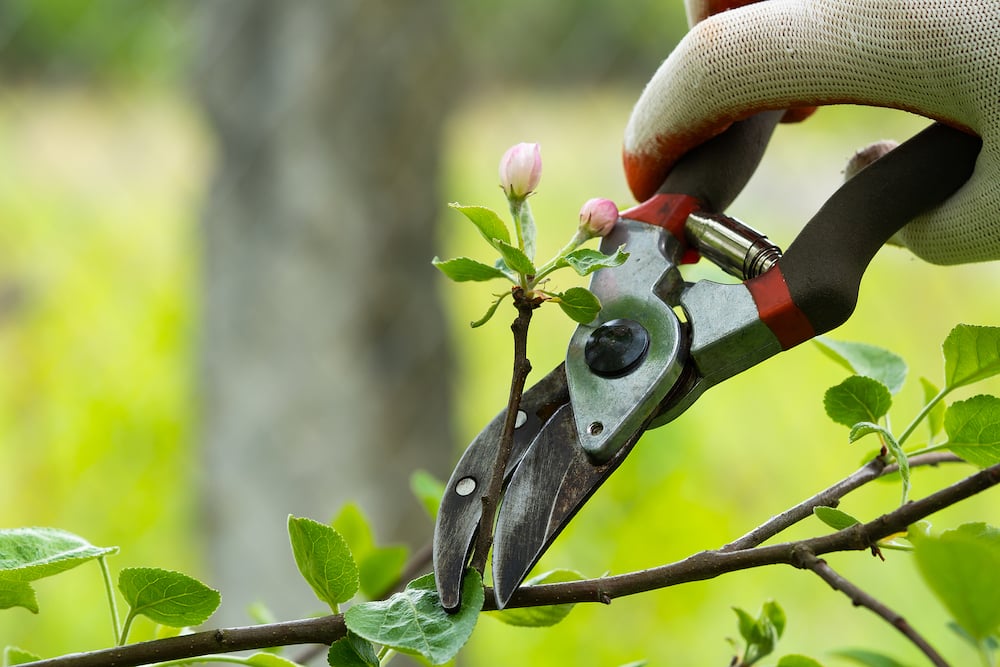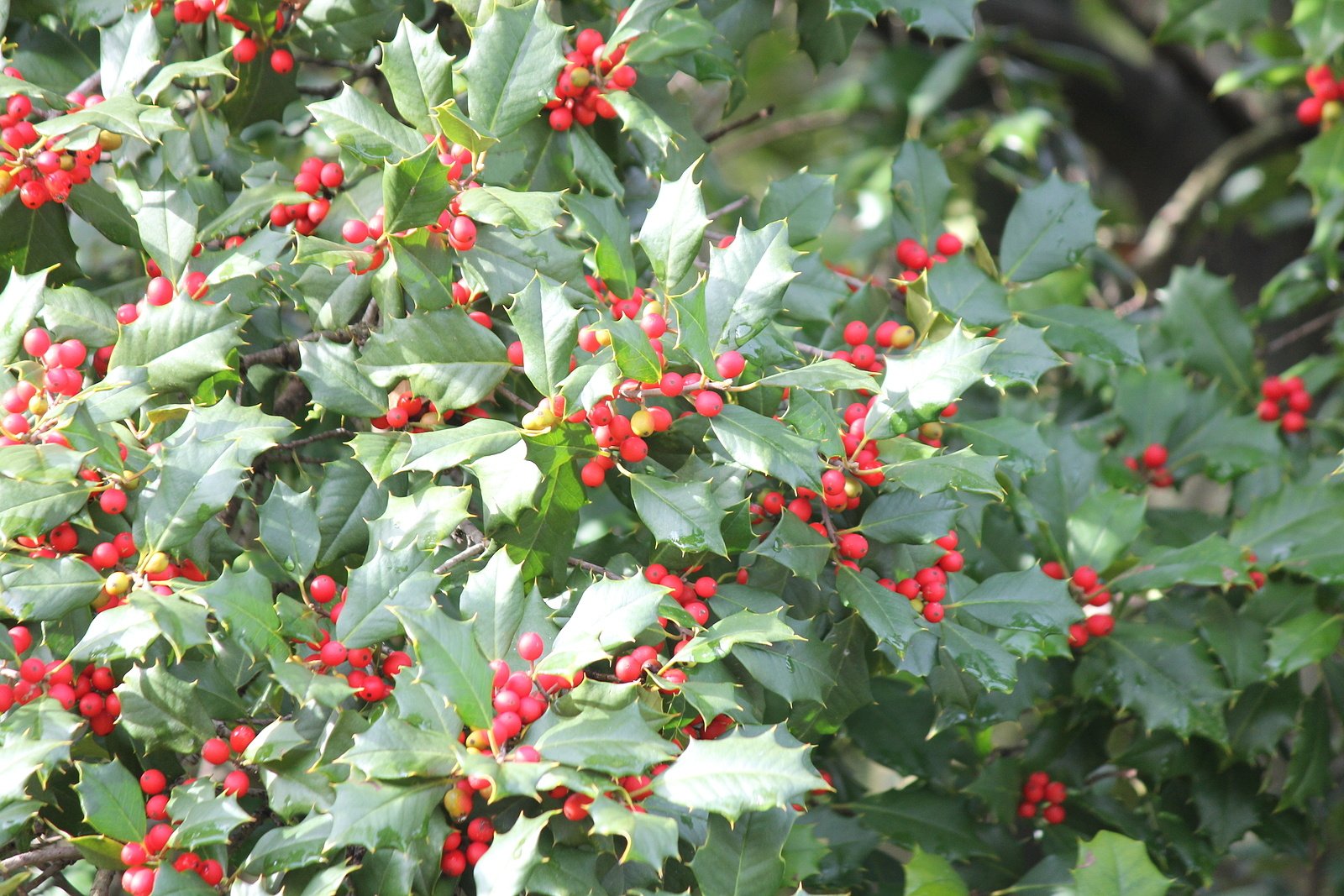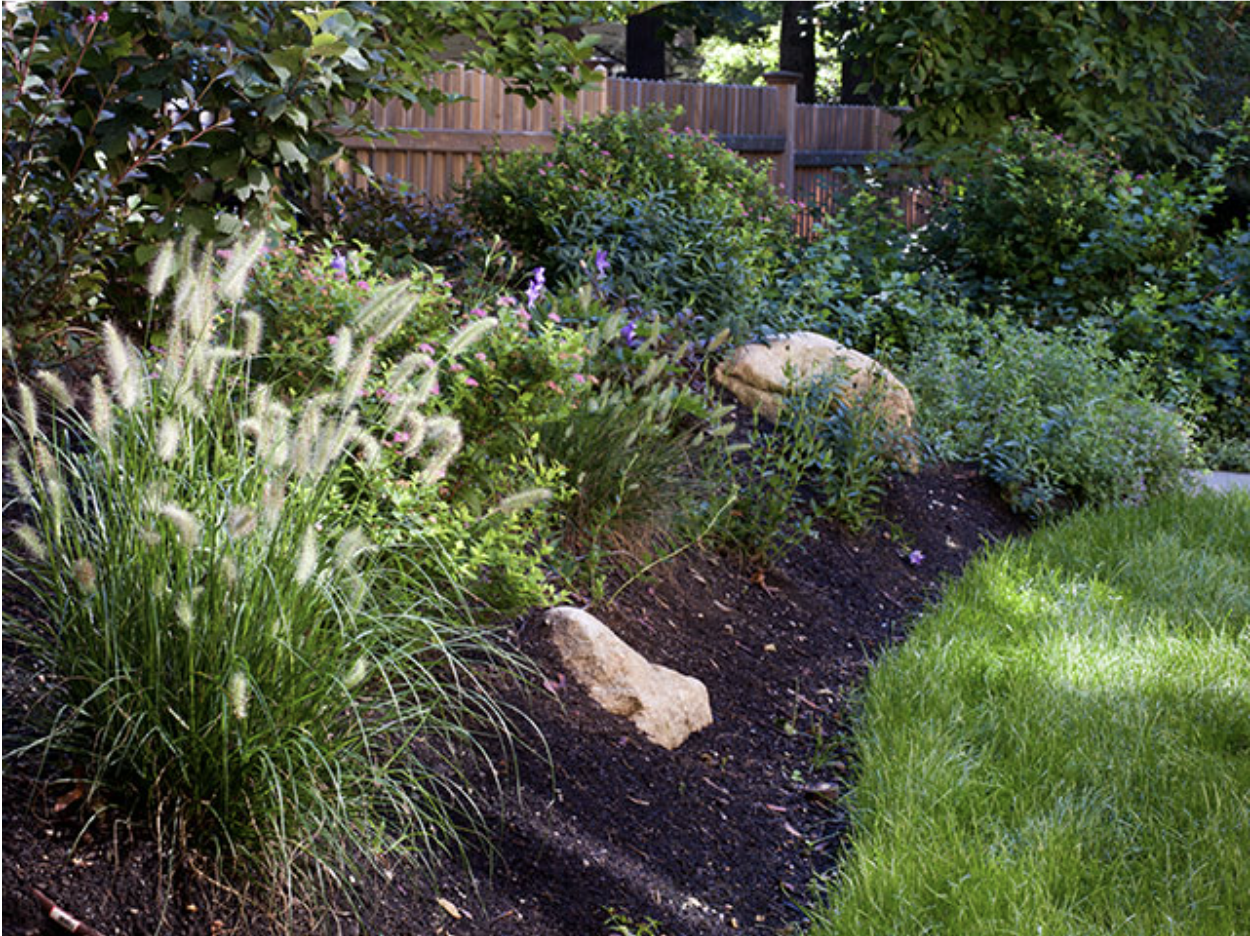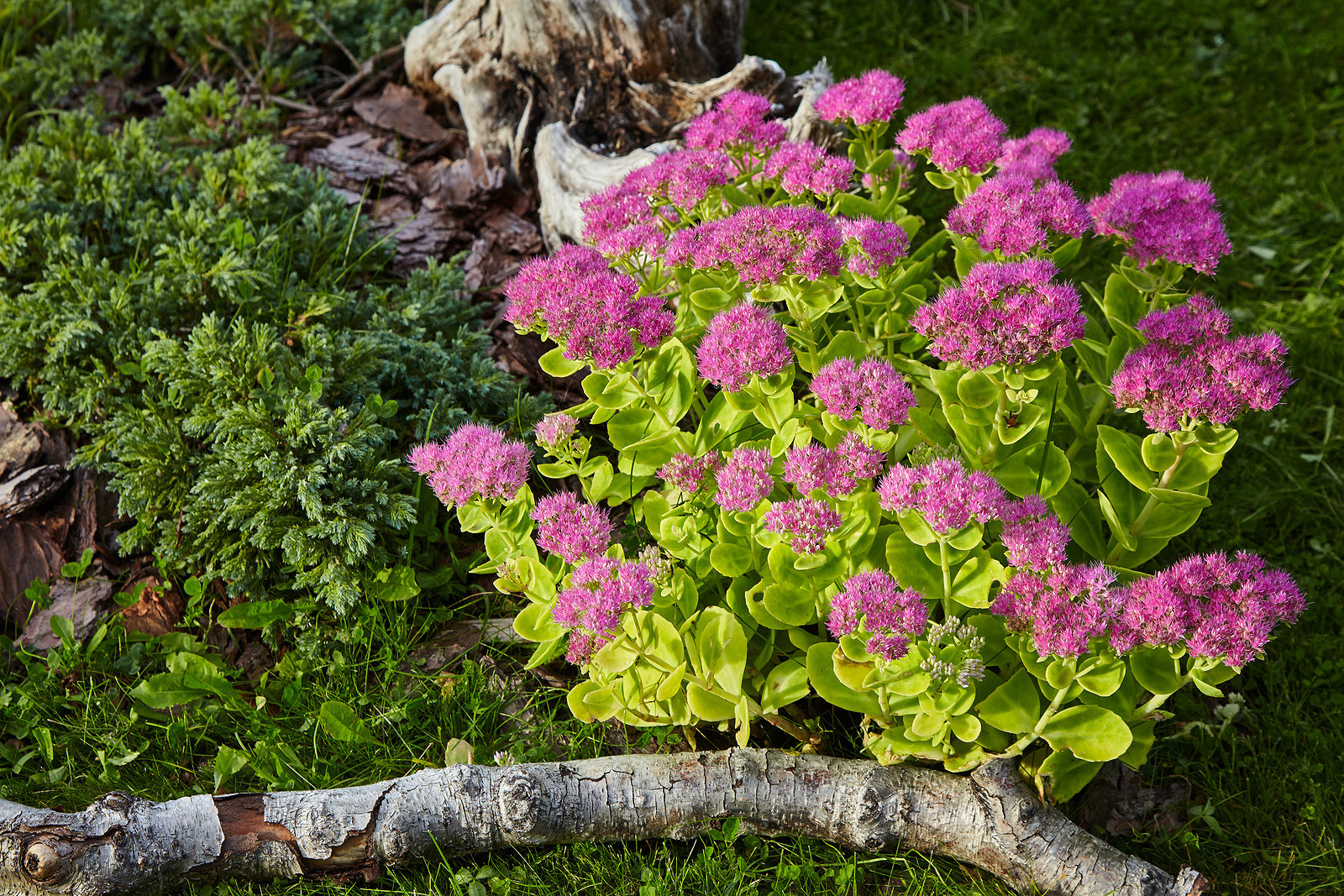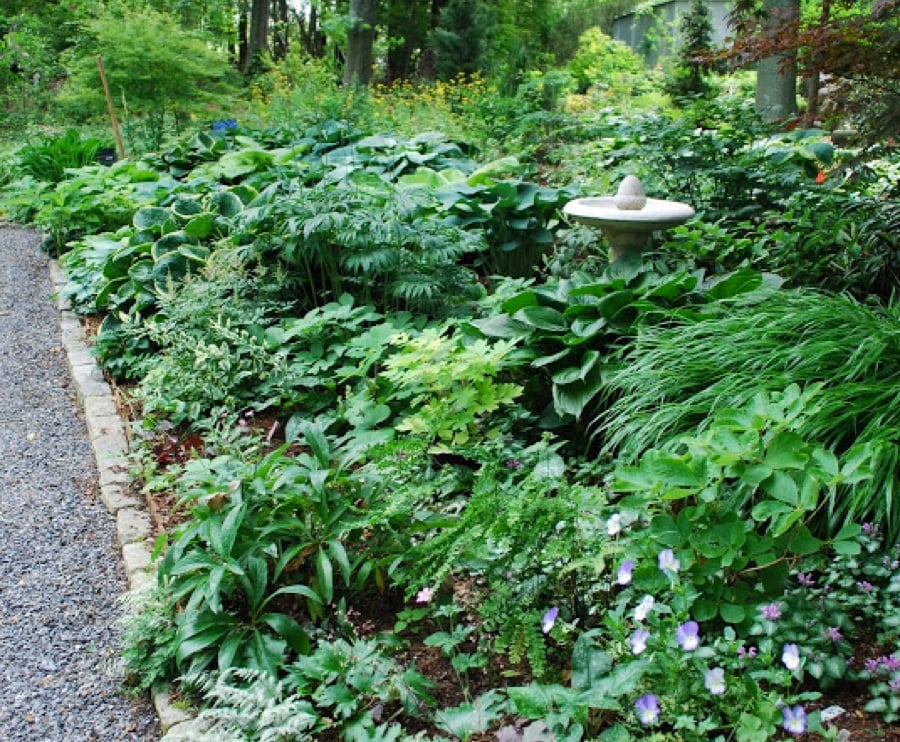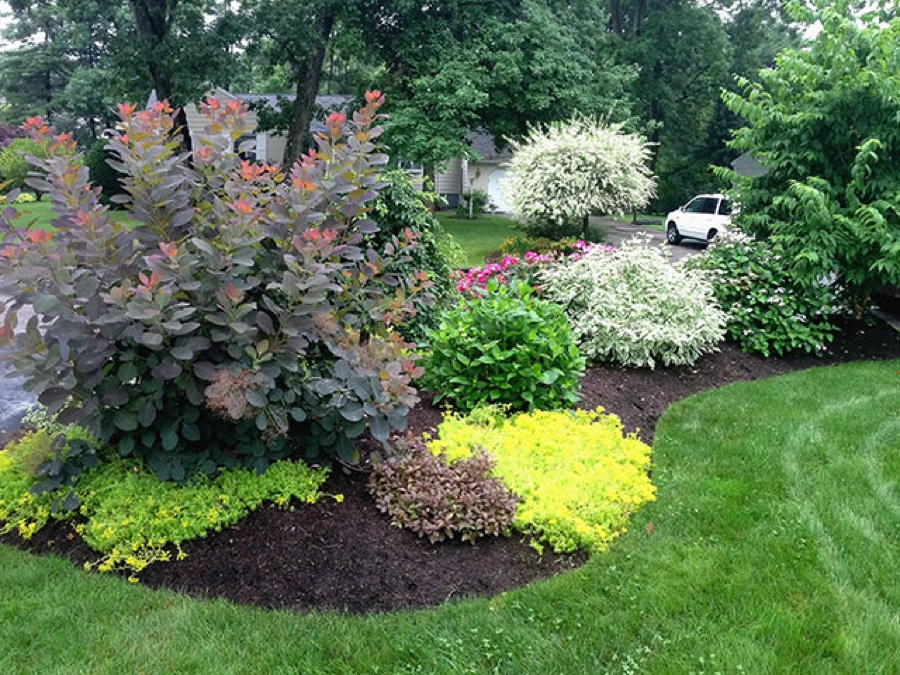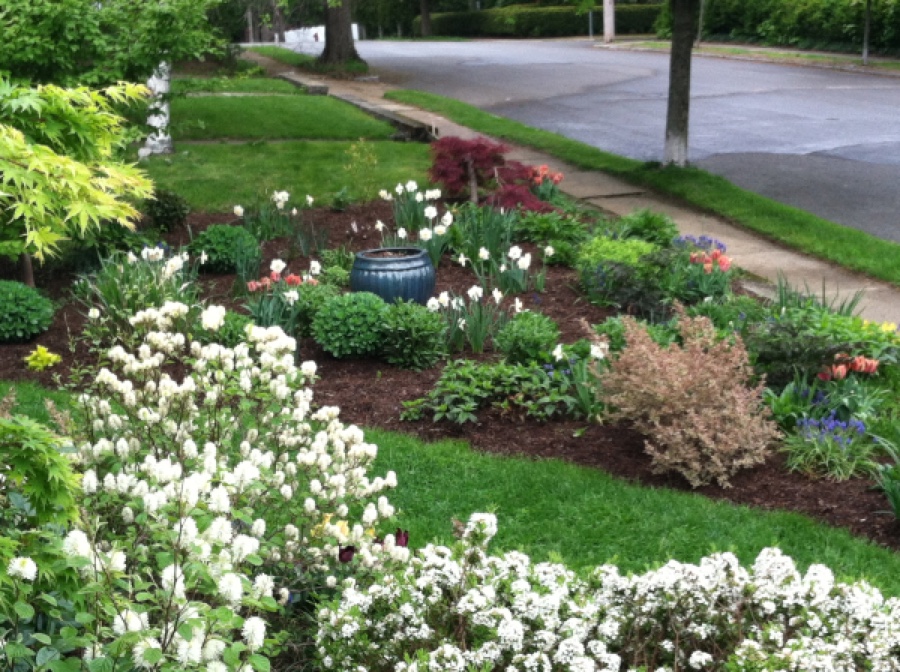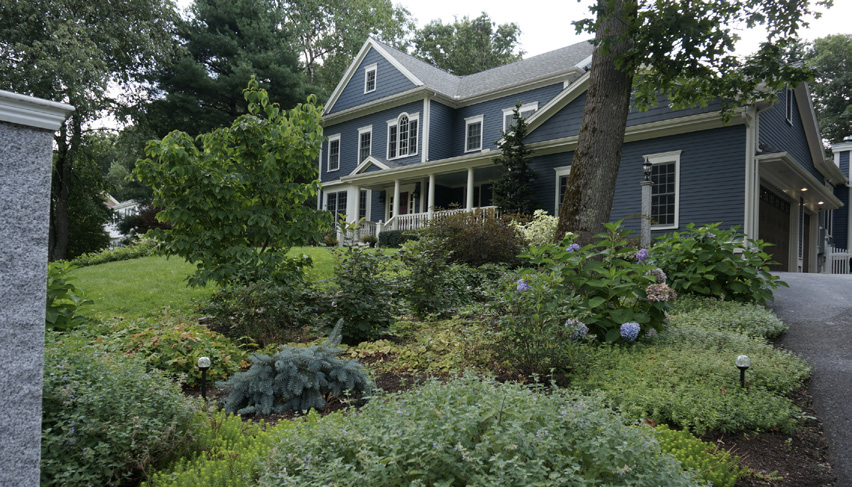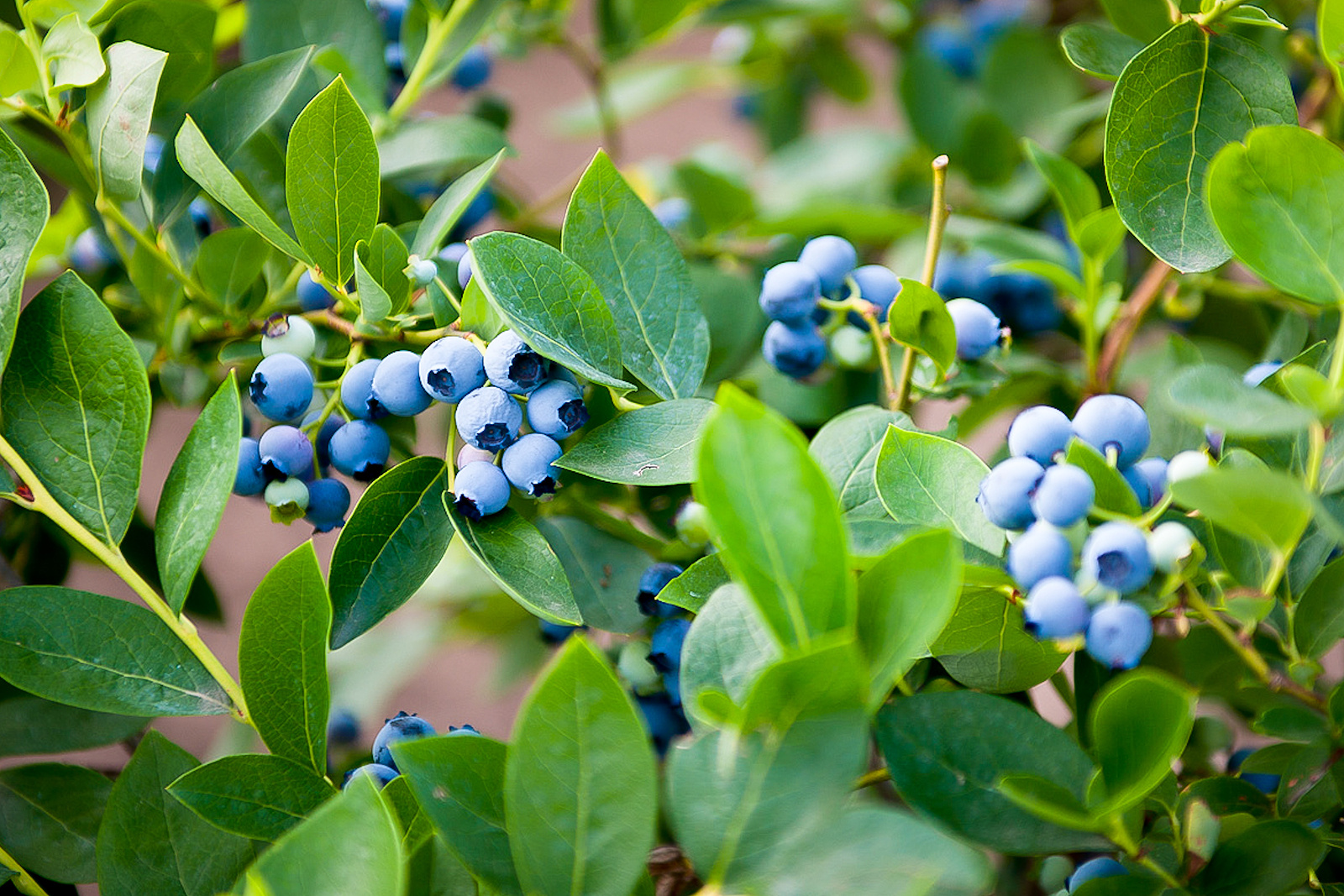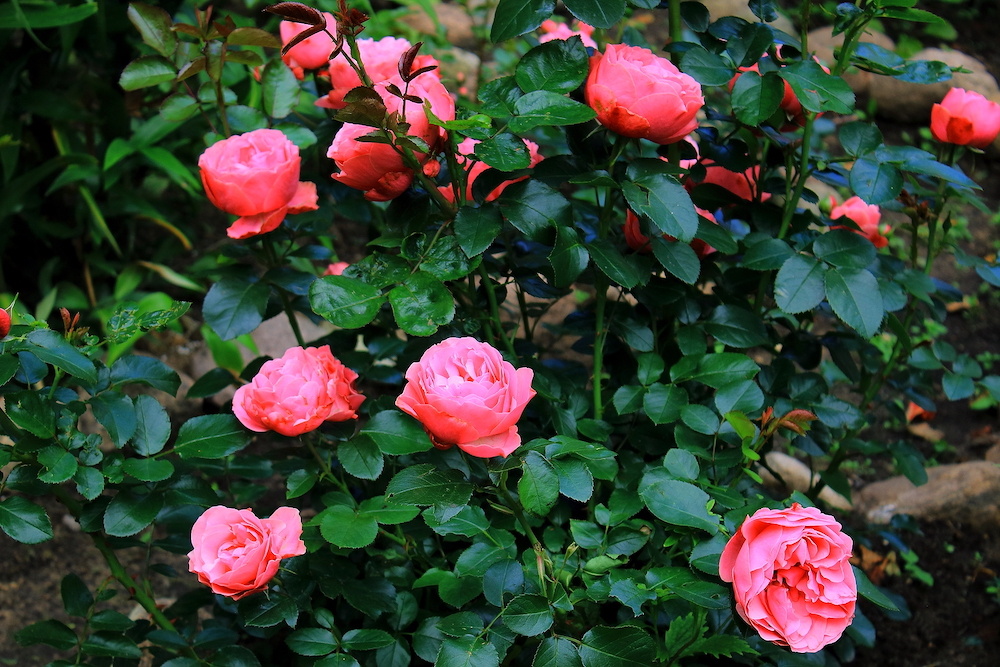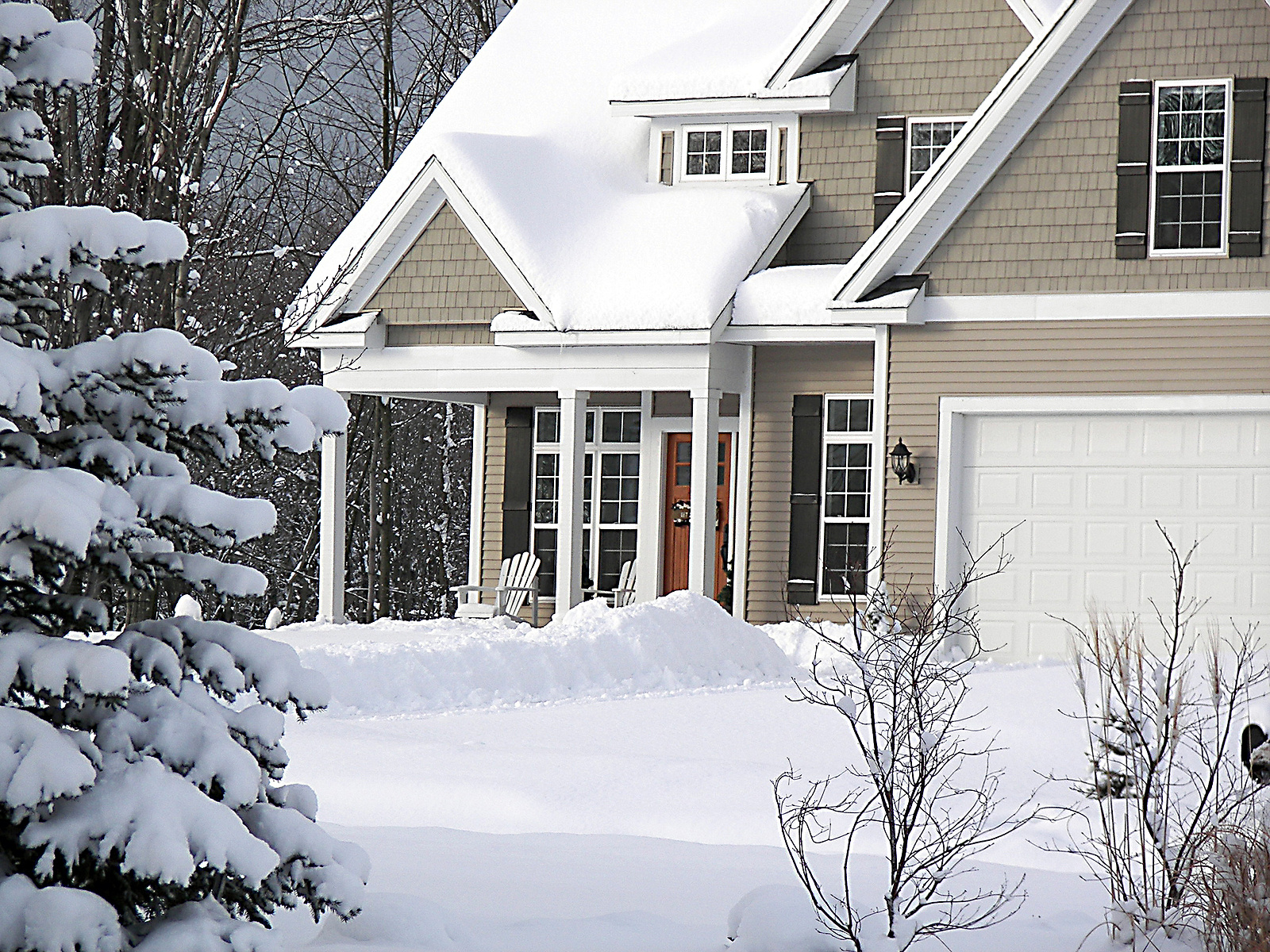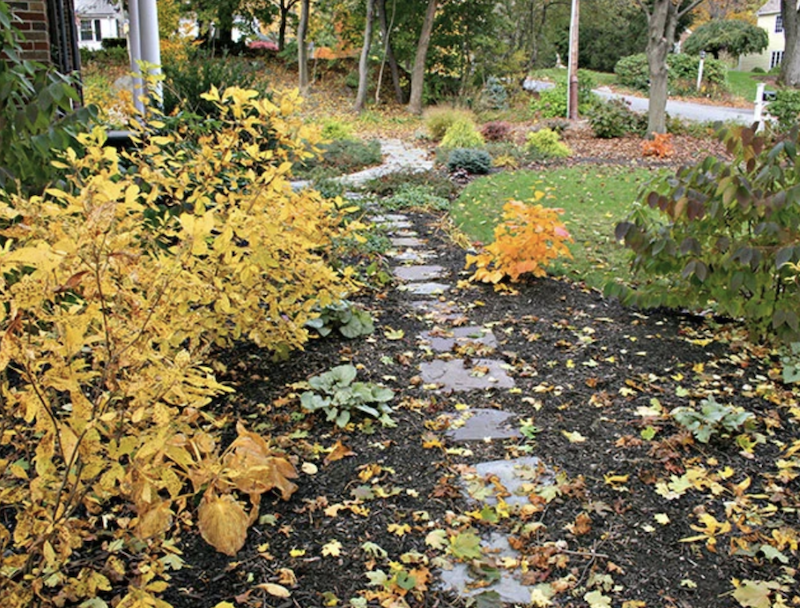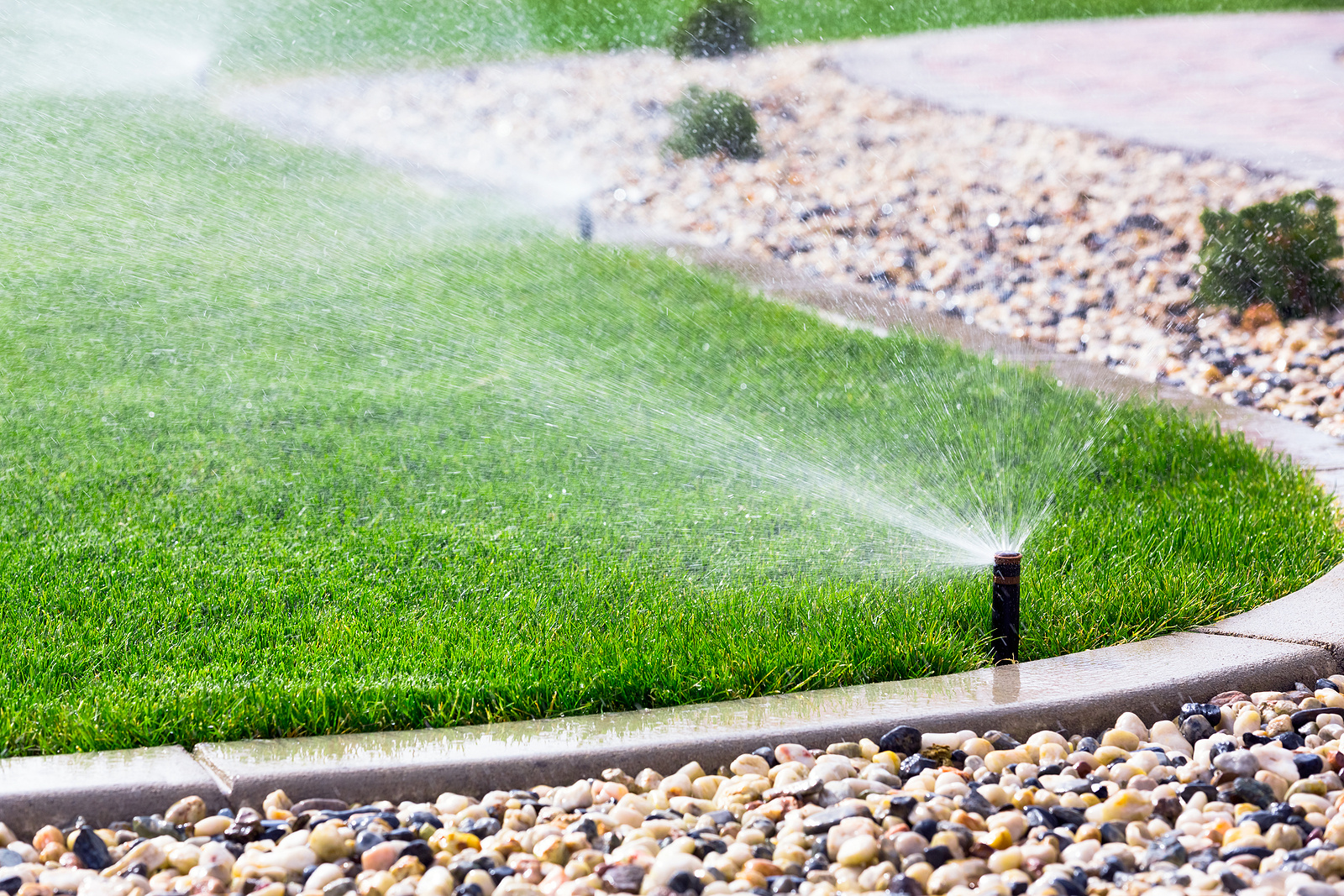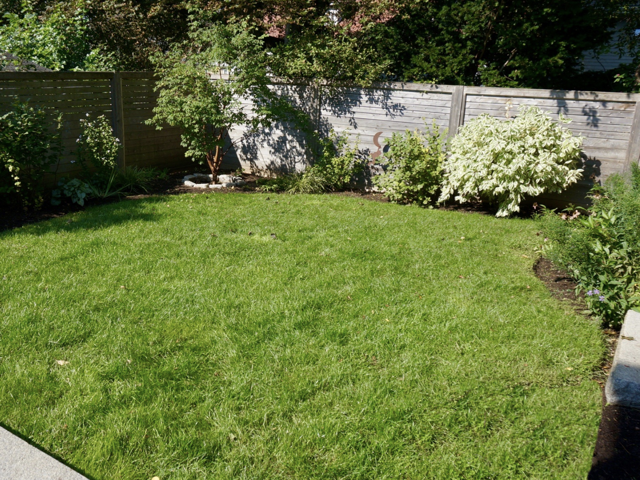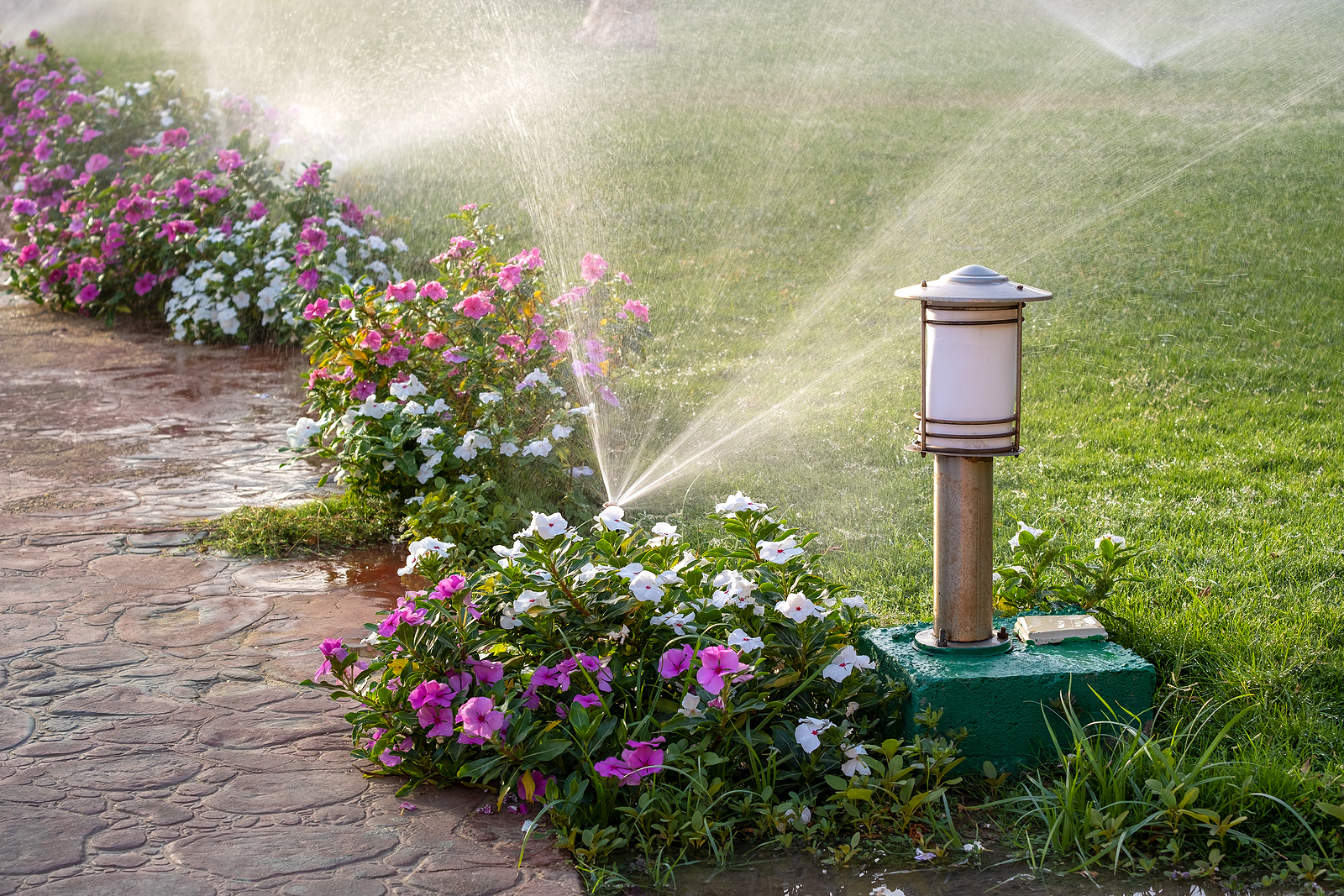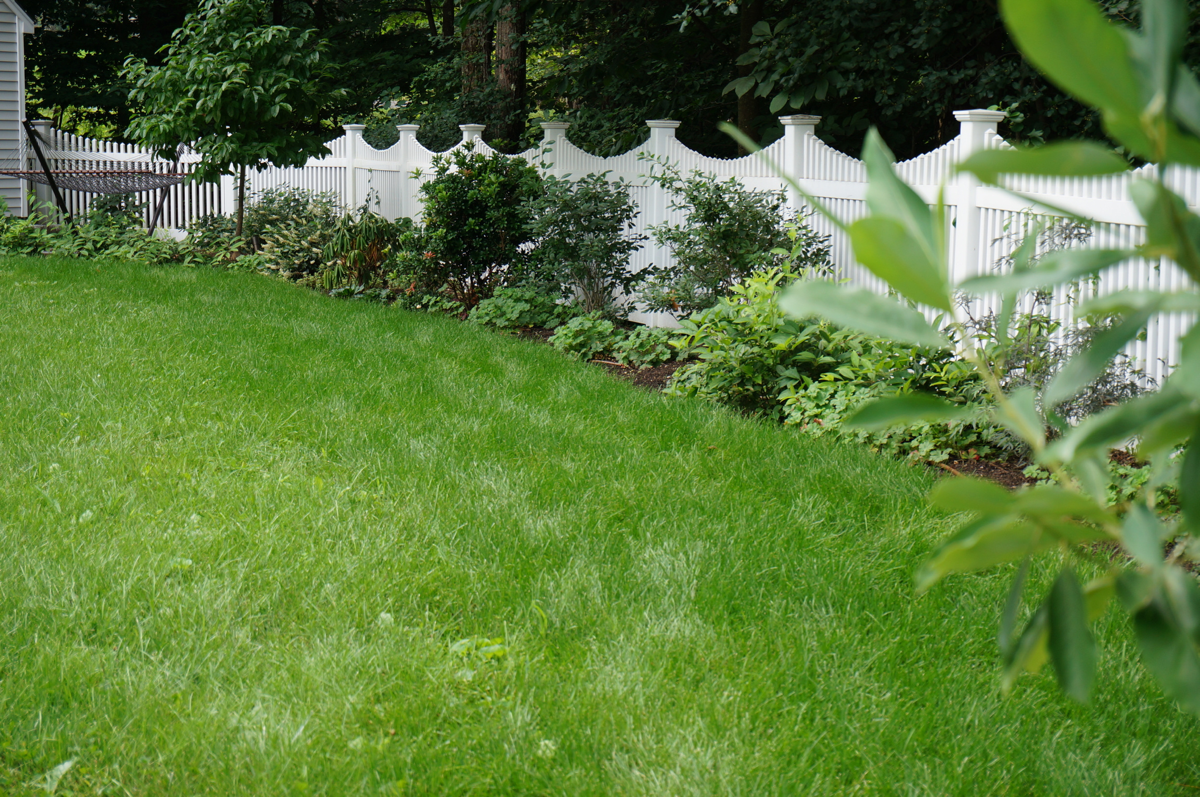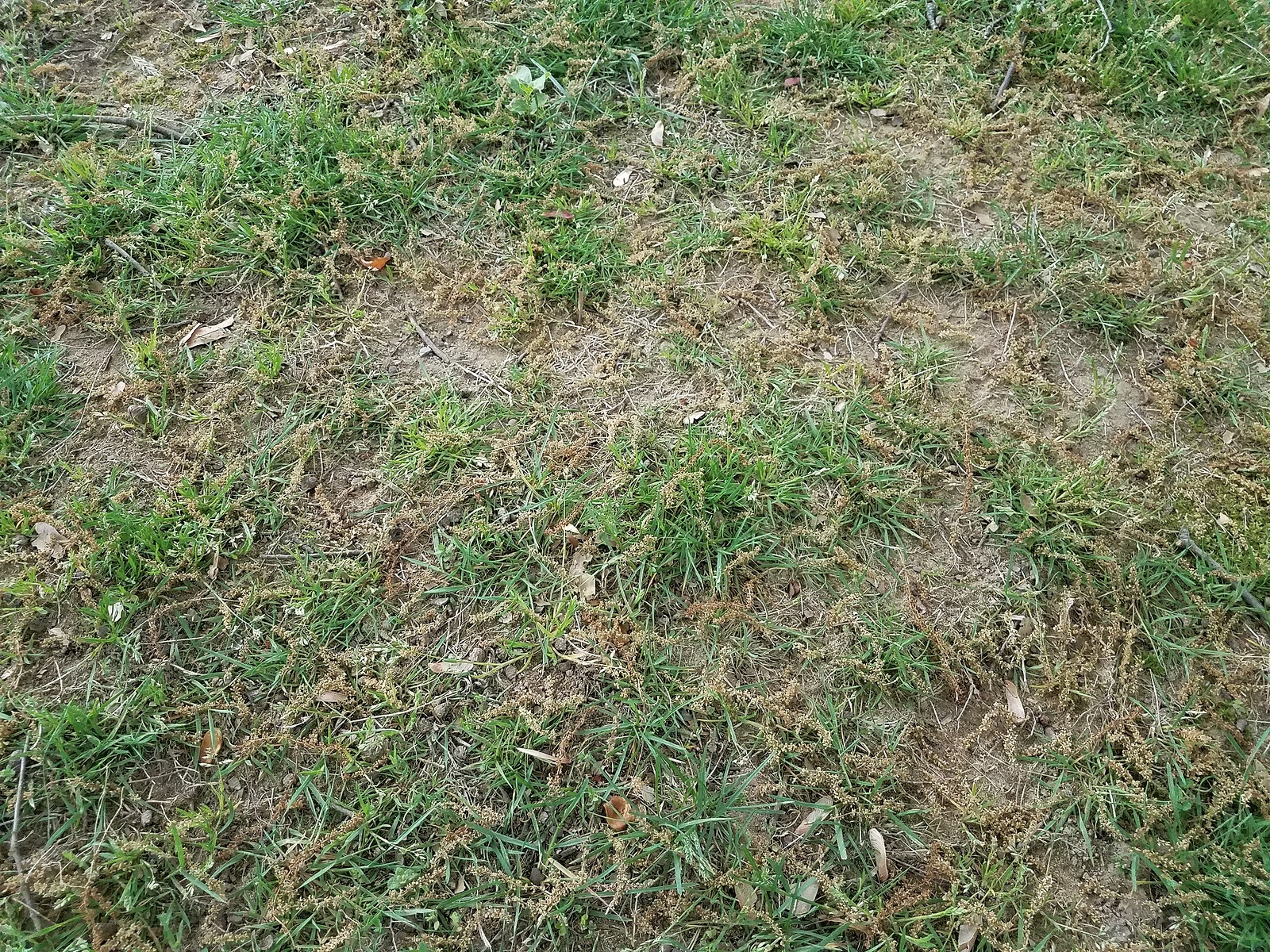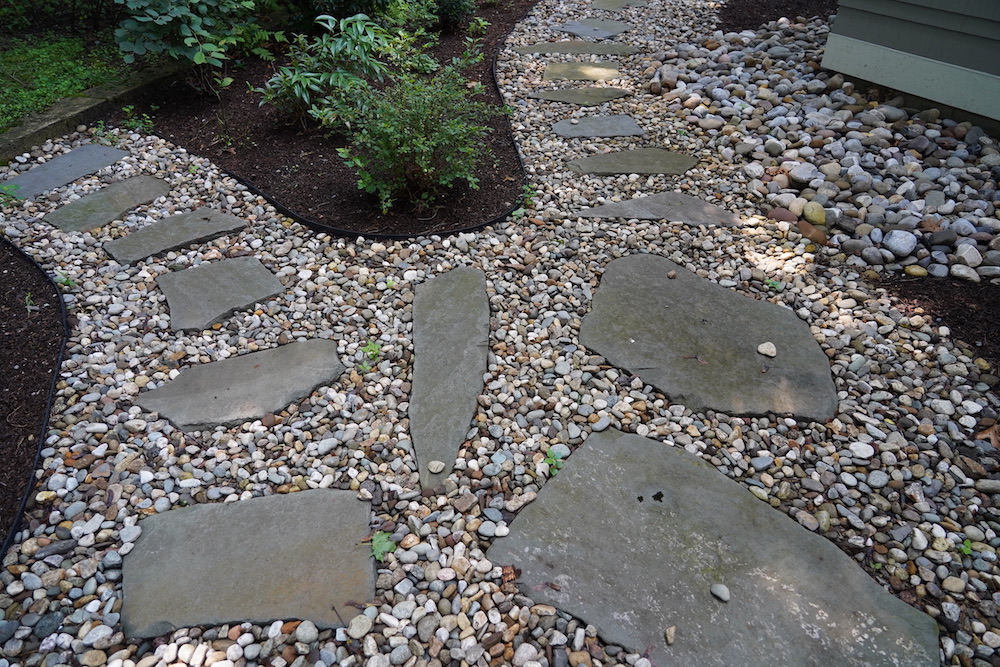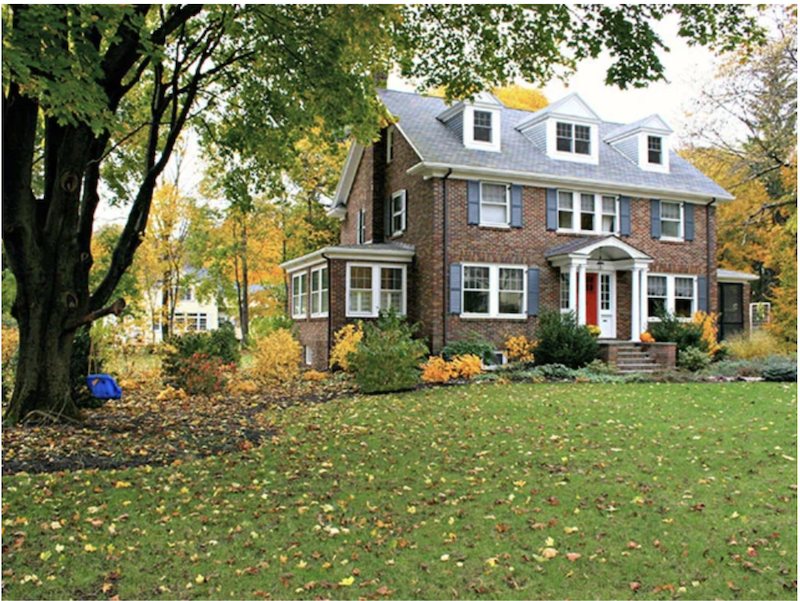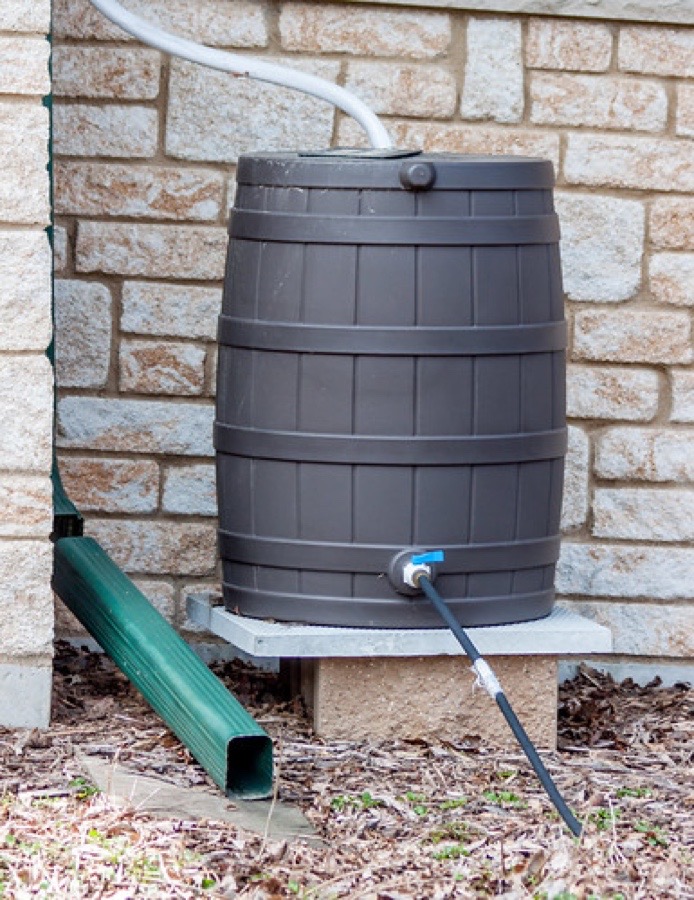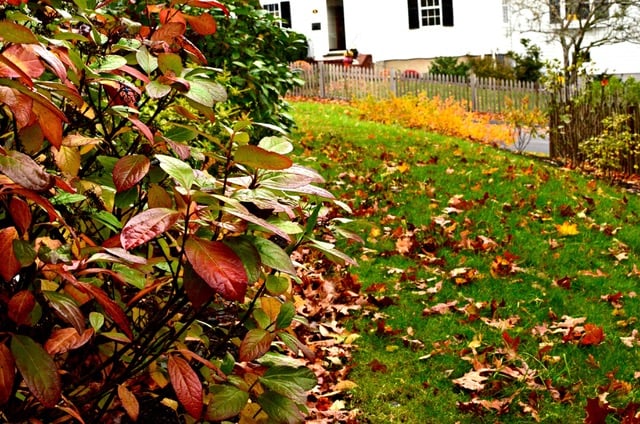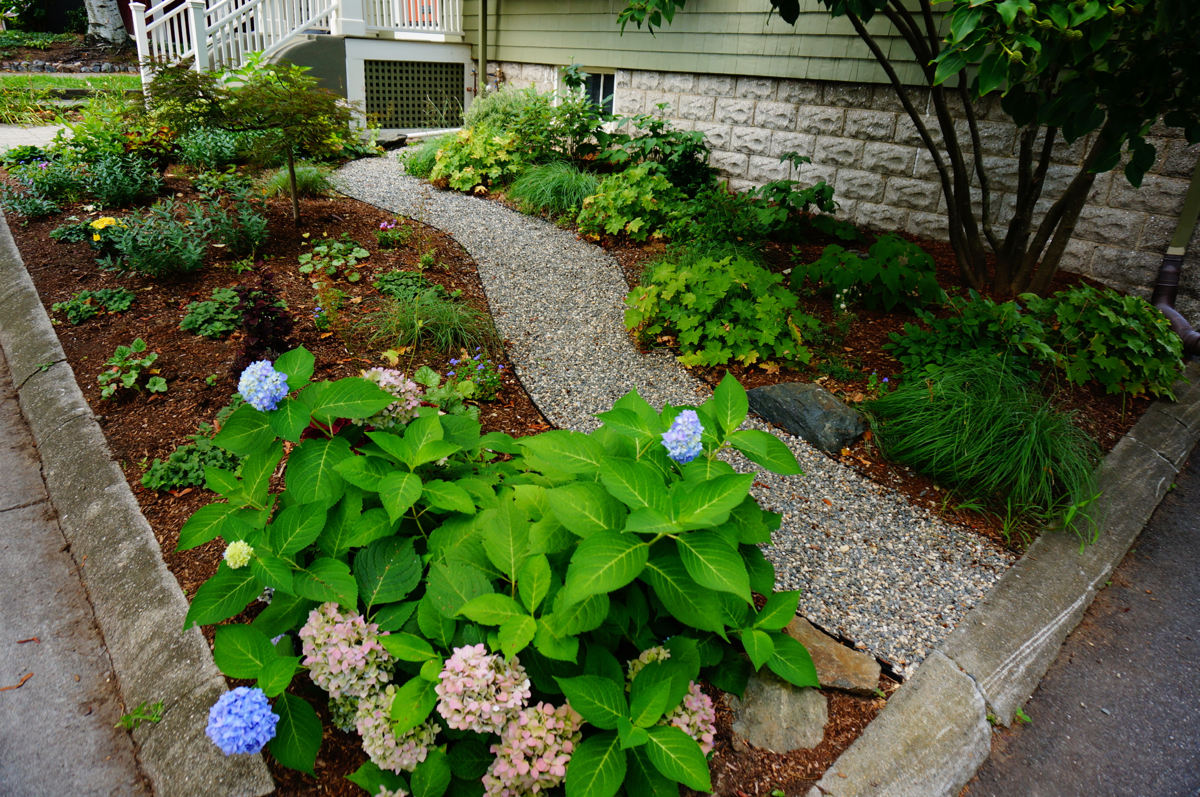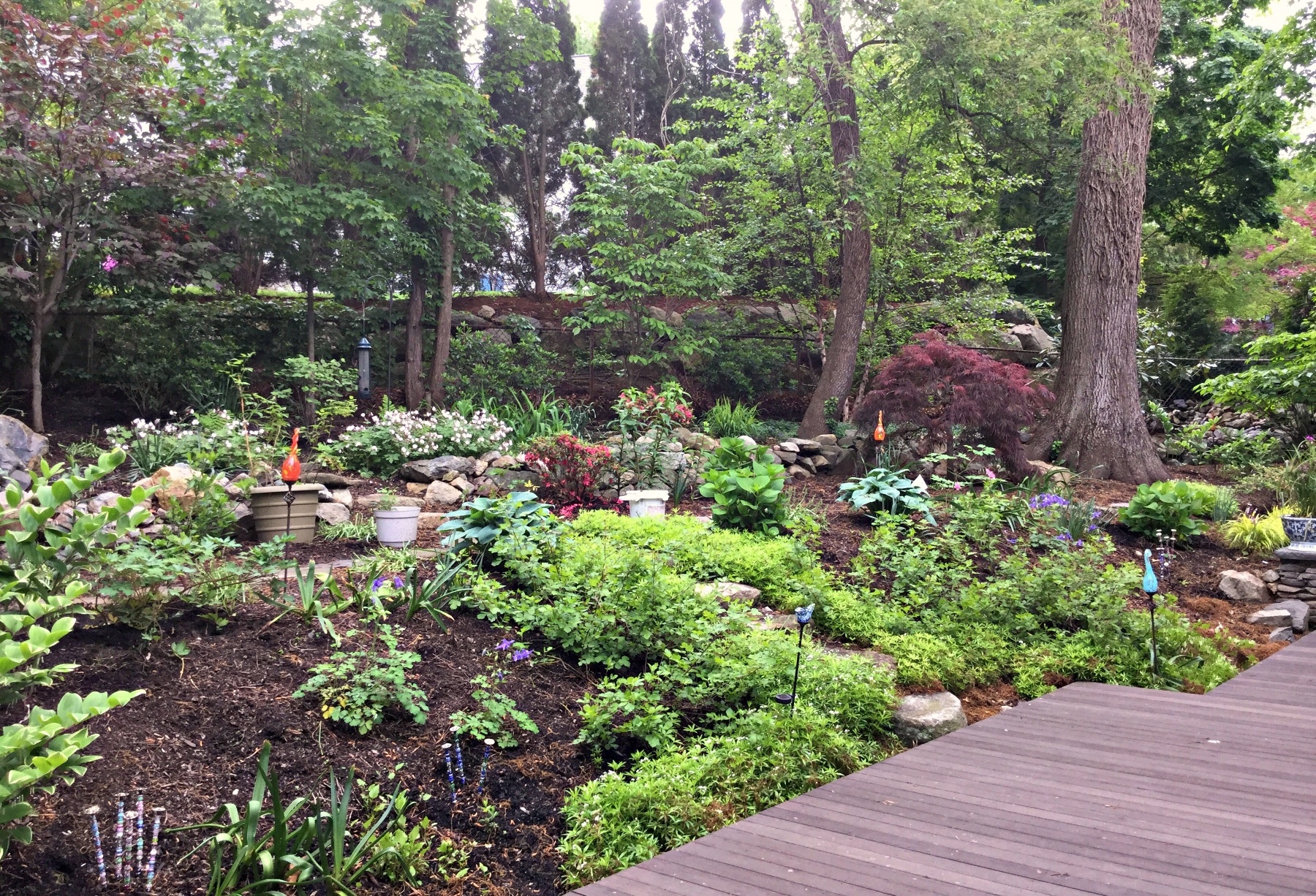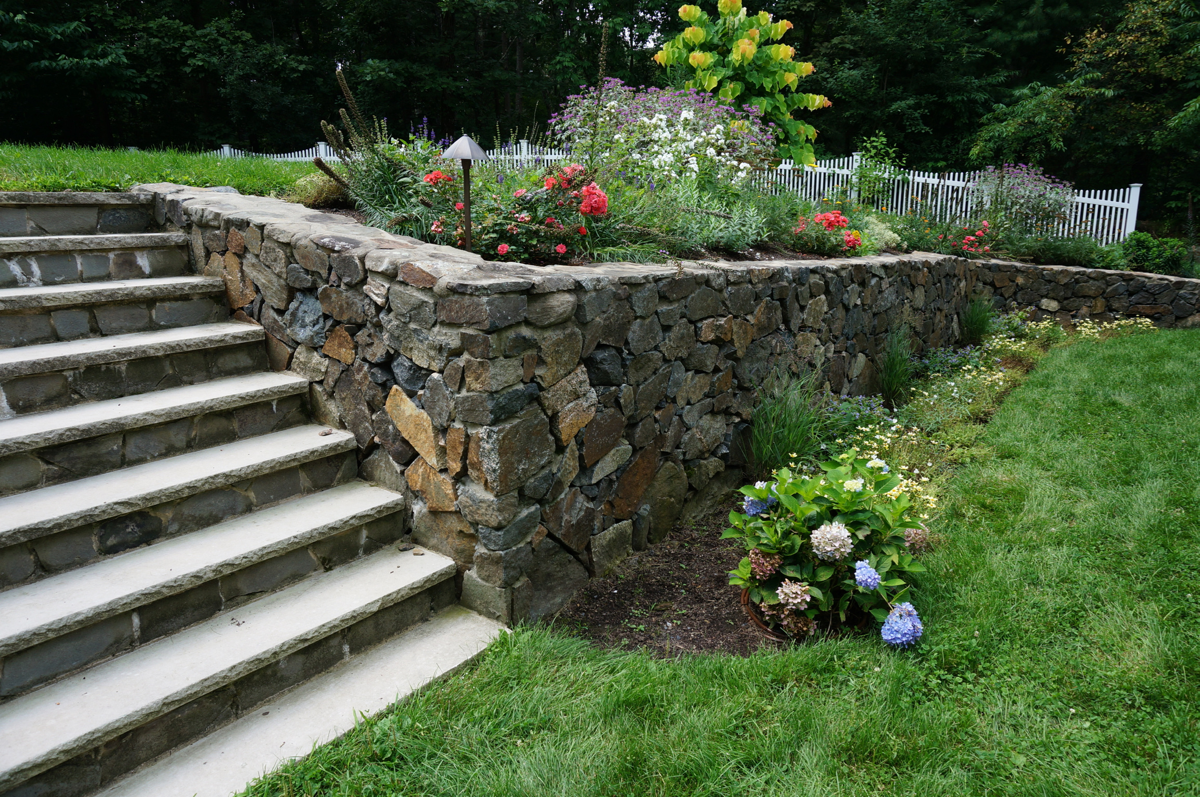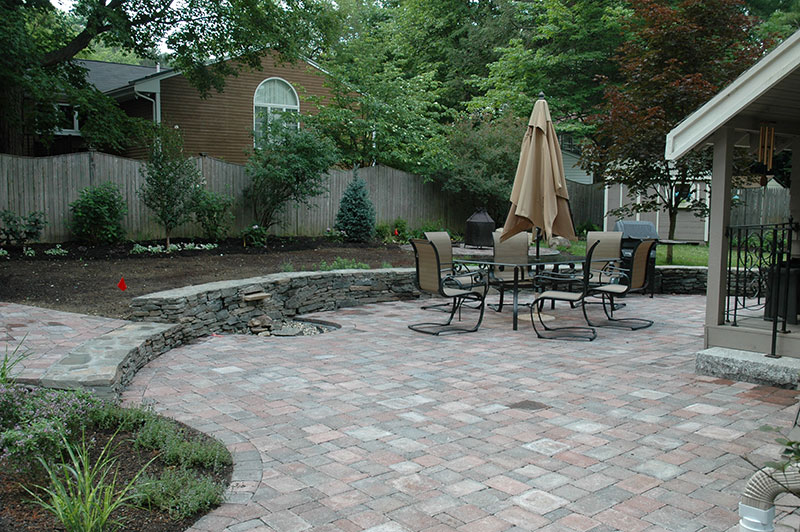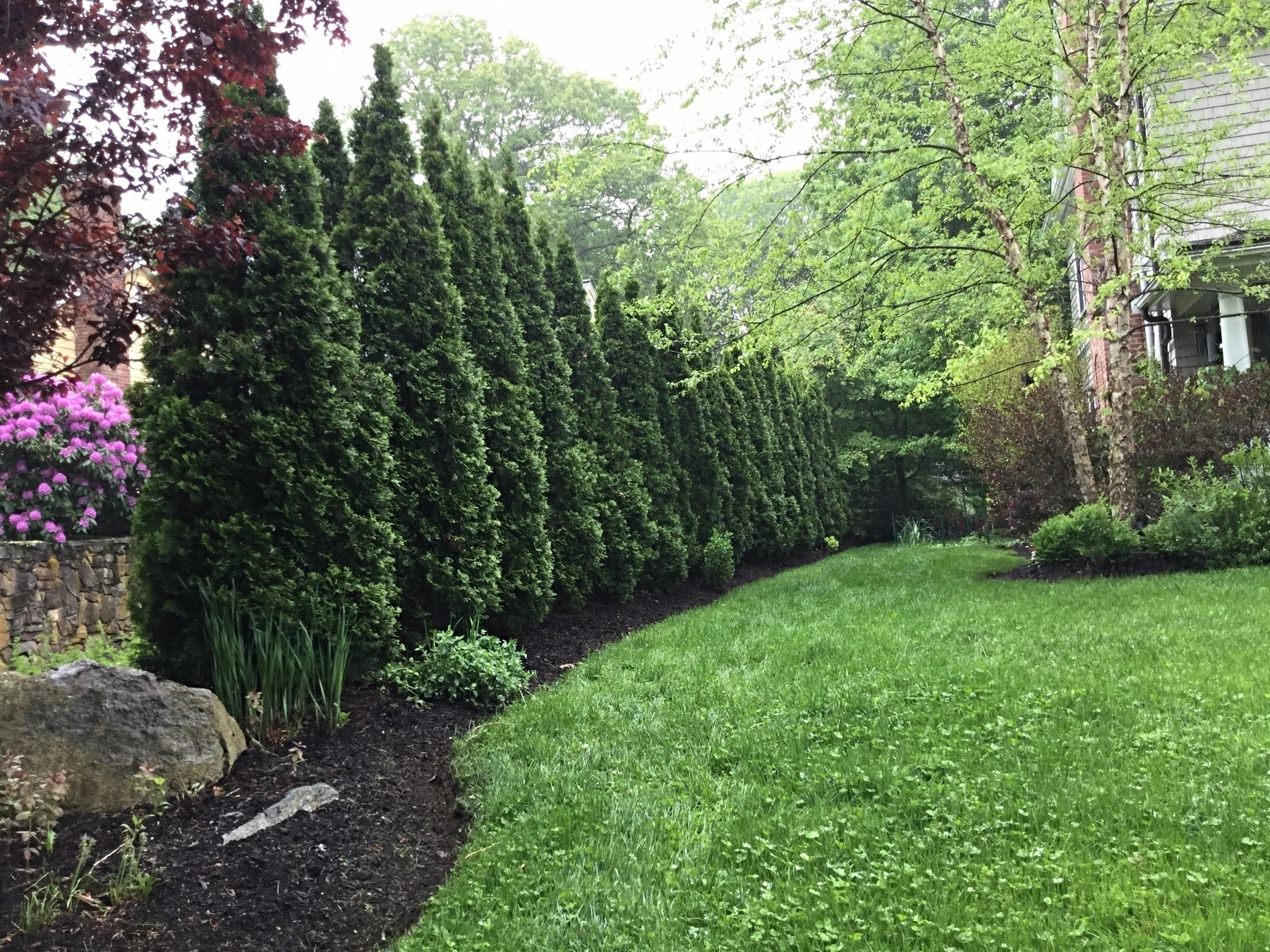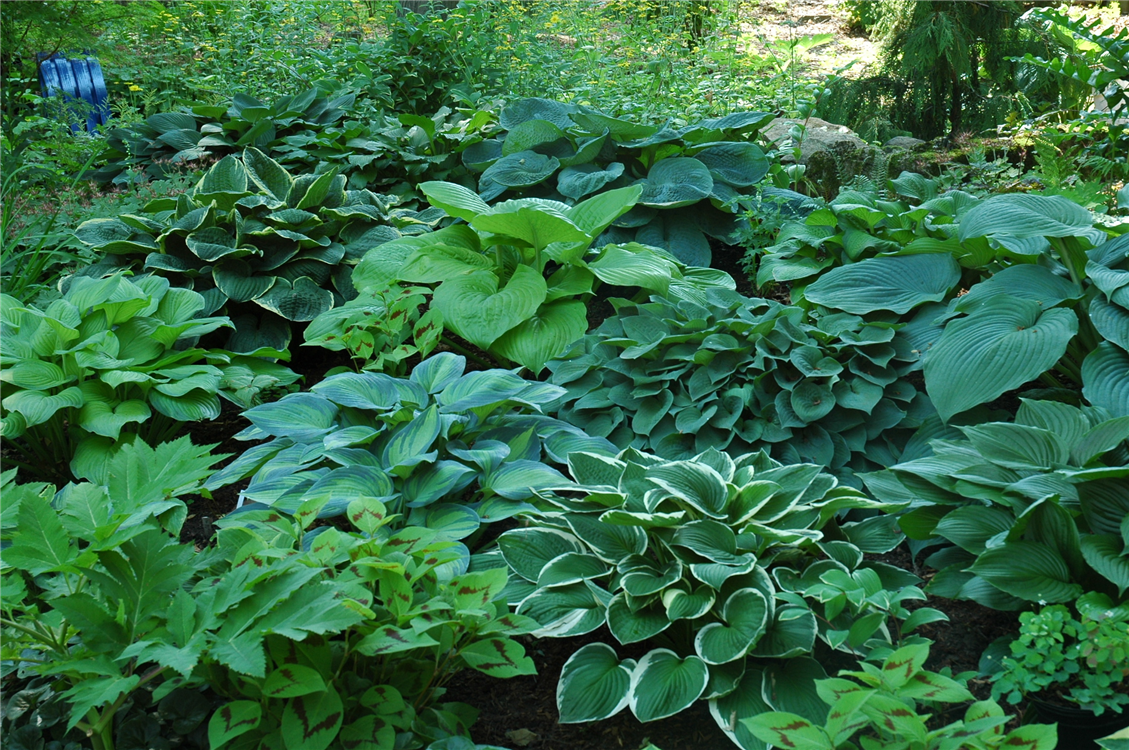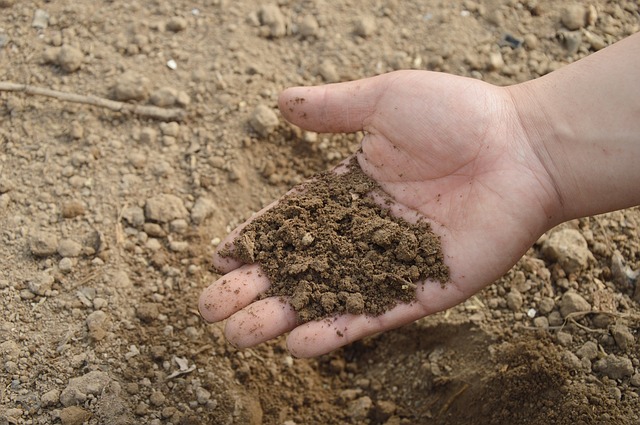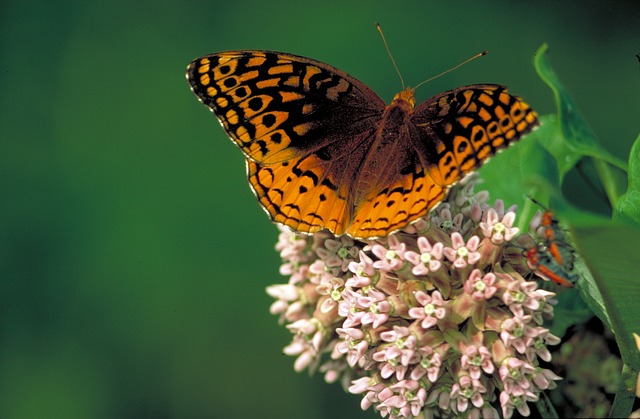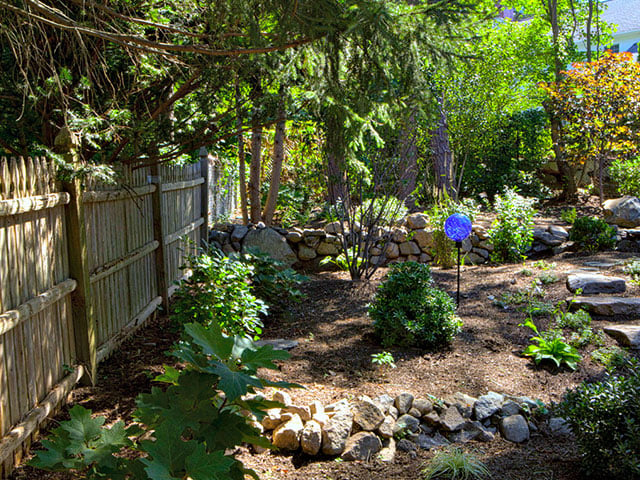Have you ever walked through your yard and noticed a few branches that look ... off? You may ask yourself: Are they dead? Diseased? Just dormant? It’s hard to tell — so you do what many homeowners do: wait and see.
But ignoring problem branches can silently impact your entire tree, from stunted new growth to increased risk of breakage or disease spread. Knowing what to look for — and how to safely remove damaged limbs — can protect your landscape and support long-term tree health.
In this guide, we’ll walk you through the visual cues of decline, explain proper pruning cuts and offer safe, effective techniques for removing unhealthy branches.
The Hidden Impact of Neglected Tree Damage
It’s easy to overlook a problem branch — especially when everything around it seems green and thriving. But even one damaged or diseased limb can threaten the health of an entire tree.
Dead branches not only drain energy from the tree, they also pose a safety hazard, particularly during storms or heavy snow.

Meanwhile, diseased branches can act as a gateway for rot, pests and infection to spread through the rest of the plant. Issues like dieback, weakened branch structure or sudden leaf loss in one section are red flags.
Whether you're caring for mature trees or newly planted saplings, proactive tree trimming is key to long-term tree care and a healthy, beautiful yard.
How to Identify Unhealthy Branches
Spotting trouble starts with knowing what to look for. Dead wood is typically brittle, dry, and may snap easily when bent. If you scratch the bark and see no green tissue underneath, that branch is likely dead.
Diseased branches can look very different — think discolored bark, weeping sap, black spots, or even fungal growth like mushrooms or cankers.

Some trees will try to signal stress with suckers, which are thin, fast-growing shoots at the base or along the trunk. These are signs the tree is struggling.
During the growing season, compare leaf coverage across different limbs — healthy live branches should be full and vibrant. If one area seems bare or withered, it may be time to cut back.
When and Where to Prune in Massachusetts
Timing matters when it comes to pruning trees
. For most species, the best time to prune is during late winter or early spring, before the flush of new growth begins. This reduces the risk of disease and gives trees time to heal before the season ramps up.
Some exceptions apply — fruit trees, for instance, benefit from light pruning in winter and again after fruiting. Conifers and young trees may require pruning tools that give gentler, targeted cuts to guide their shape without shocking the plant.
Emergency pruning (such as removing a hanging or broken branch) can be done anytime. Just remember: pruning during the growing season can leave wounds more vulnerable to pests and pathogens. When in doubt, consult a pro before making the first cut.
High-Risk Pruning Jobs to Avoid
Some pruning jobs are best left to those with the right training — and the right tools.
If you're dealing with large trees, rotting tree limbs or high branches near structures or power lines, it's safer (and often more cost-effective) to bring in a professional.
Beyond just safety, experienced landscapers know how to evaluate tree health, make precise pruning cuts and shape the tree’s canopy to encourage strong new growth. They can also spot early signs of issues that the average homeowner might miss, like internal decay or poor branch structure that could compromise the tree over time.

Tree branches don’t always announce when something’s wrong. But with a trained eye — and the right approach — you can catch early signs of trouble and make smart pruning decisions that protect your healthy trees and overall landscape.
Properly timed and executed pruning cuts can support strong new branches, reduce disease spread, and improve the overall look and structure of your yard.
For more complex pruning tasks, or when you're unsure whether to remove a limb, bringing in a landscaping professional ensures your trees are cared for with precision and long-term health in mind. Your trees are an investment, so give them the attention they deserve.
To learn more about organic landscape maintenance for your home, download our free ebook, How to Maintain Your Landscape and Transform It Into Beauty You'll Love. If you’re ready to get started on your new landscape maintenance project, or simply want to learn more about the process, you can contact us here to schedule a free consultation. We’d love to talk to you!


